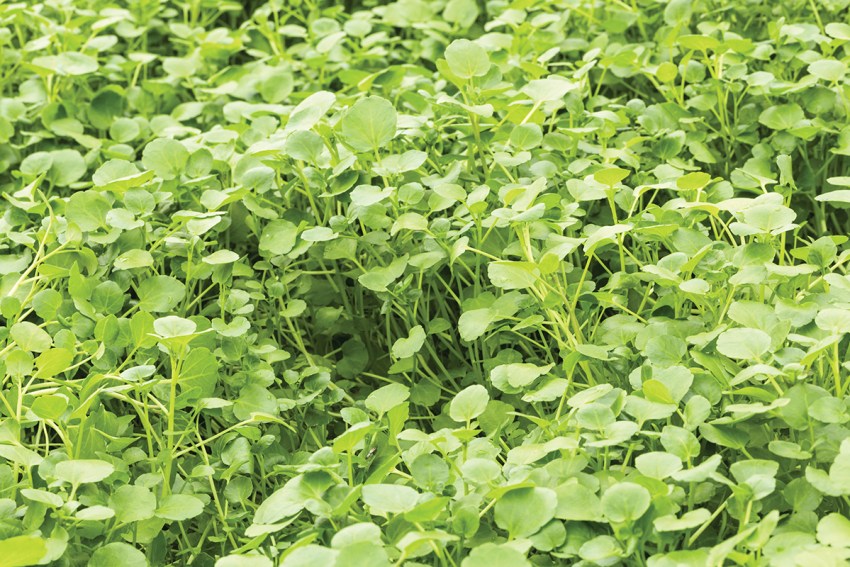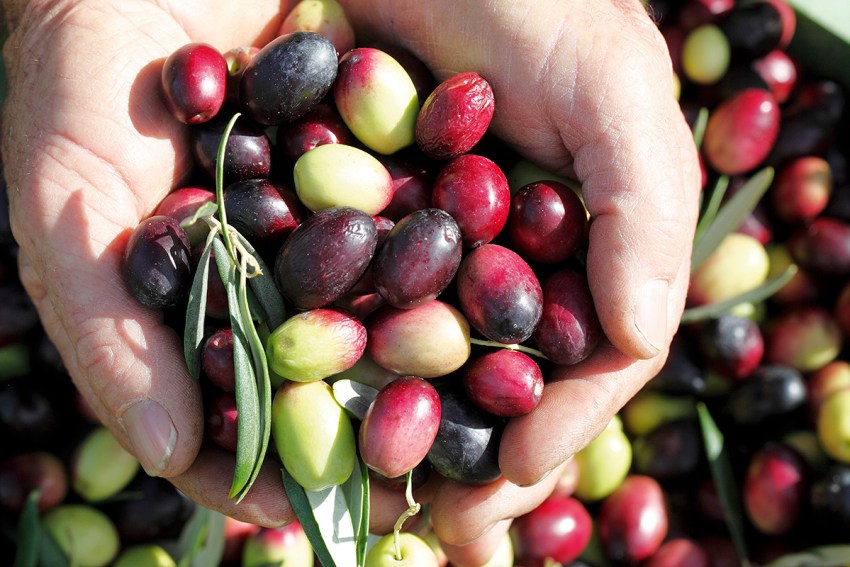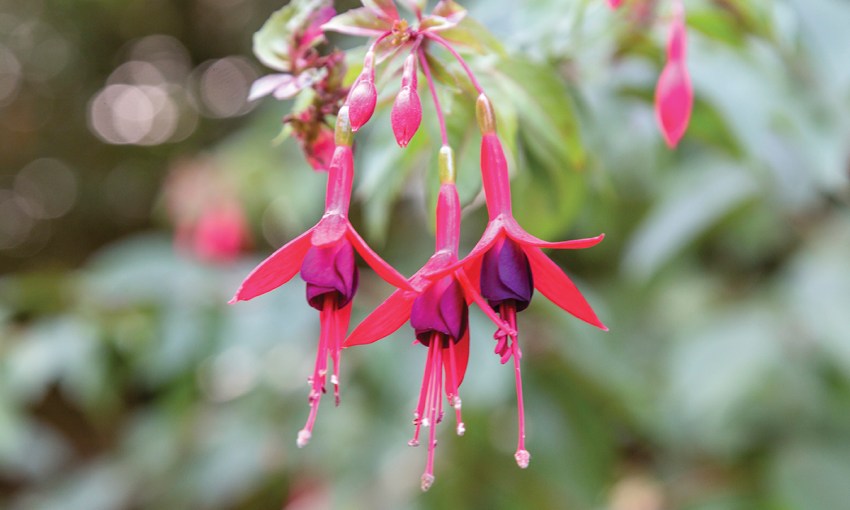In the garden this weekend, enjoy fabulous fuchsias, plant some watercress and strike oil with an olive tree.
In the garden – fuchsias, watercress and olives
Dramatic beauty
At last, beautiful, versatile, and stunning fuchsias are coming back as a mainstream garden plant! Over the past 20 years, such plants were not the flavour of the month. Fuchsias are tough and very underrated, they come in a raft of amazing colours, shapes, and varieties, far too many to mention. Fuchsias can be grown in the garden, hanging baskets, shaded areas or as individual pot plants. For winter care, don’t over-water them, just give a light feed in cooler months. Give a light nip here and there in winter, but save a hard prune until we move into spring. We are blessed here in SA as we have an enormous selection of local expertly-grown varieties. Once seen, you will find a spot in your garden or home for a fuchsia!

Plant Some Watercress
Both land and water cress are interesting additions to salads and sandwiches and easy to grow. To have ongoing crops, keep sewing every four to five weeks.
How to grow:
Best grown from seed as I’ve had mixed success from seedlings. Grow in friable, loose soil, and keep seeds damp until they emerge. Grow in partial sun close to water so roots are able to get a drink easily. Feed with liquid fertiliser upon planting and keep soil damp even when sprouting.
When to harvest:
Watercress is fast-growing, so start harvesting the feathery leaves when 10 to 15 centimetres tall. They will go to seed soon after four weeks, but are still tasty and the small flowers are edible with a mustard flavour.
 Striking oil
Striking oil
For thousands of years, the olive has been known as a symbol of peace. Throughout history, this humble fruit has been an important part of cultures, cuisines and diets all over the world. Believed to have been cultivated for more than 7000 years, olives were initially grown for oil and later for their fruit. However, fossil evidence indicates the olive tree has origins from more than 30 million years ago.
Known botanically as Olea europaea, which translates to European olive, this is a species of small tree in the Oleaceae family. Olive trees are a major crop for many Mediterranean countries.
South Australia has the perfect Mediterranean climate for these trees and their valuable oil. Roughly 23 per cent of the oil is saturated fats and omega-6 as well as omega-3 fatty acids. The predominant fatty acid in olive oil is called oleic acid and it is believed by many health experts to have major benefits in our diet.
Olives are traditionally grown in groves, but they can be planted as a single tree in full sun with well-drained soil. If growing more than one tree in an area, space them about three metres apart. If space is at a premium an olive tree can be grown in a large tub. This makes a great specimen, adding Mediterranean flair to your courtyard or patio. Olives are technically a self-pollinating crop and can be pollinated by the wind, but to produce a large crop of fruit ensure there is another olive tree within about 30 metres.
Olive trees seem to flourish in various types of soil. They are hardy but having good drainage and cool winters with hot dry summers is the ideal situation for them to flourish. They do require regular watering prior to fruiting season and an organic fertiliser twice a year is recommended. The trees can be hedged or shaped (topiaried). They should be pruned regularly to hold a shape and size. This generally results in little or no fruit. Prune annually to maintain the tree’s good health and a compact shape, with a harsh rejuvenation pruning in winter every several years.
If you plan to preserve, pickle or even get a bottle or two of oil, look at planting Kalamata or Manzanillo varieties as the fruit is largish. Sevilano and Verdale are also suitable for the home gardener. If it is just oil you are looking for, I suggest you seek further additional information, as there are commercial oil-producing varieties to choose from. Always pick and use firm, fresh fruit. Olives ripen from autumn through to September depending on season and variety and they can be picked when the green fruit starts to turn a purple/black colour, or left on the tree to mature to black. Many amateur growers harvest in the middle of the season; this way it’s not so much a hit or miss.
Another way of testing for ripeness is to prick the olive and if the juice turns from clear to a milky look, then they are ready. If using them for oil, the fruit should be left on the tree until it thoroughly ripens.
The traditional and probably quickest method to harvest is to lay sheets or nets under the trees and shake the trees vigorously, but if growing for table olives, hand-picking is best.
Fresh olives can’t be eaten straight from the tree; they need to be soaked in clean fresh water that is changed daily for up to 14 days to remove the bitterness from the fruit. The next step is to leave them in a fresh brine mix for a month or two. I brine my own olives annually, loosely using the above method.
Another easy way is to use the sun and salt: simply place heavily salted small black olives evenly on a metal tray, leave in a sunny spot during the day, cover at night for a week or two or until they shrivel up and then place in an airtight jar. The taste is amazing and very intense, perfect for pasta sauces.
Ask around, read up and then have a go at your own brining. Even if you don’t have a tree, olives are usually available from fruit and veg shops by the kilo, late autumn early winter, depending on the season. From what I have discovered in talking to other like-minded folk, there are many methods that result in the same delicious and tasty olives. The one thing you will find with every olive grower is that they have their very own secret family recipe for the perfect preserved olive.
These stories first appeared in the winter 2018 issue of SAGardens & Outdoor Living.



